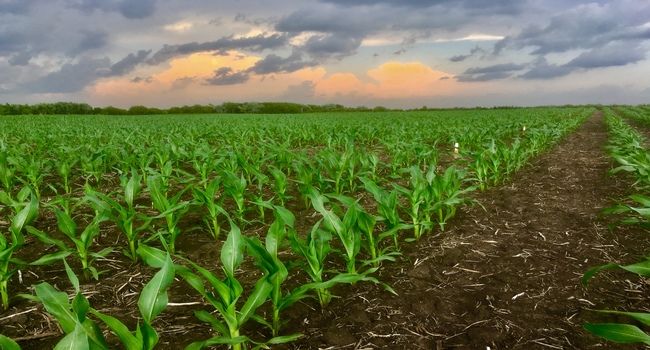The United States was the world’s leading grain exporter in 2022, with 31,549 million dollars, a growth of 3.9% year-on-year.
Previously, its export trajectory was shown as follows: 2019 ($16,924 million), 2020 ($19,339 million) and 2021 ($30,353 million).
Other exporting giants in the world were Argentina, India, Ukraine, Australia, Russia and Canada, according to the WTO.
Cereals are a group of seeds that belong to the family known as grasses. This family is very extensive, and includes wheat, rice, corn, oats, barley, sorghum and rye, among others.
U.S. exports of these products go mainly to China, Mexico, Japan, Canada and Colombia.
Leading grain exporter
In 2022 (January-October), 75% by volume and 86% by value of total U.S. exports of agricultural and related products to Mexico were shipped overland across the U.S.-Mexico border.
During the aforementioned period, according to the USDA, the U.S. ports of New Orleans, Houston-Galveston and Mobile accounted for the remaining 24% of volume and 13% of value.
These were mostly bulk shipments of grains and oilseeds, transported by sea through the Gulf of Mexico.
Other U.S. seaports and airports handle less than 1% of U.S. agricultural exports to Mexico.
In terms of northbound trade, Mexico’s exports to the United States are more oriented toward overland shipments, given the higher proportion of fresh produce and consumer products that are transported by truck.
In recent years, the U.S.-Mexico food and agricultural supply chains have become increasingly integrated, efficient and interdependent in both directions.
The U.S.-Mexico border is one of the busiest in the world in terms of trade, with thousands of truckloads of cargo crossing daily, as well as multiple rail freight crossings.
Southbound trade, especially grain and oilseed shipments, relies heavily on cross-border rail traffic, as well as shipping across the Gulf of Mexico.
Along the U.S.-Mexico border, the Laredo district handles most agricultural trade in both directions. A
mix of factors, including established industry supply chains, a higher number of commercial crossings
with infrastructure to handle food and agricultural products, and the district’s proximity to the largest
population centers and key markets in both countries all help to explain its lead role in cross-border
trade.

